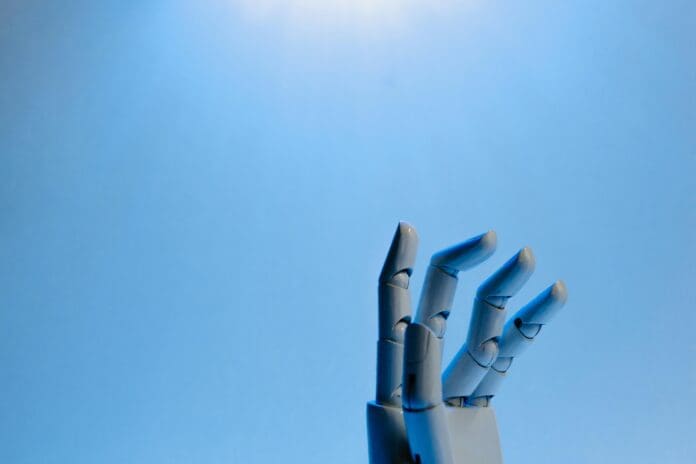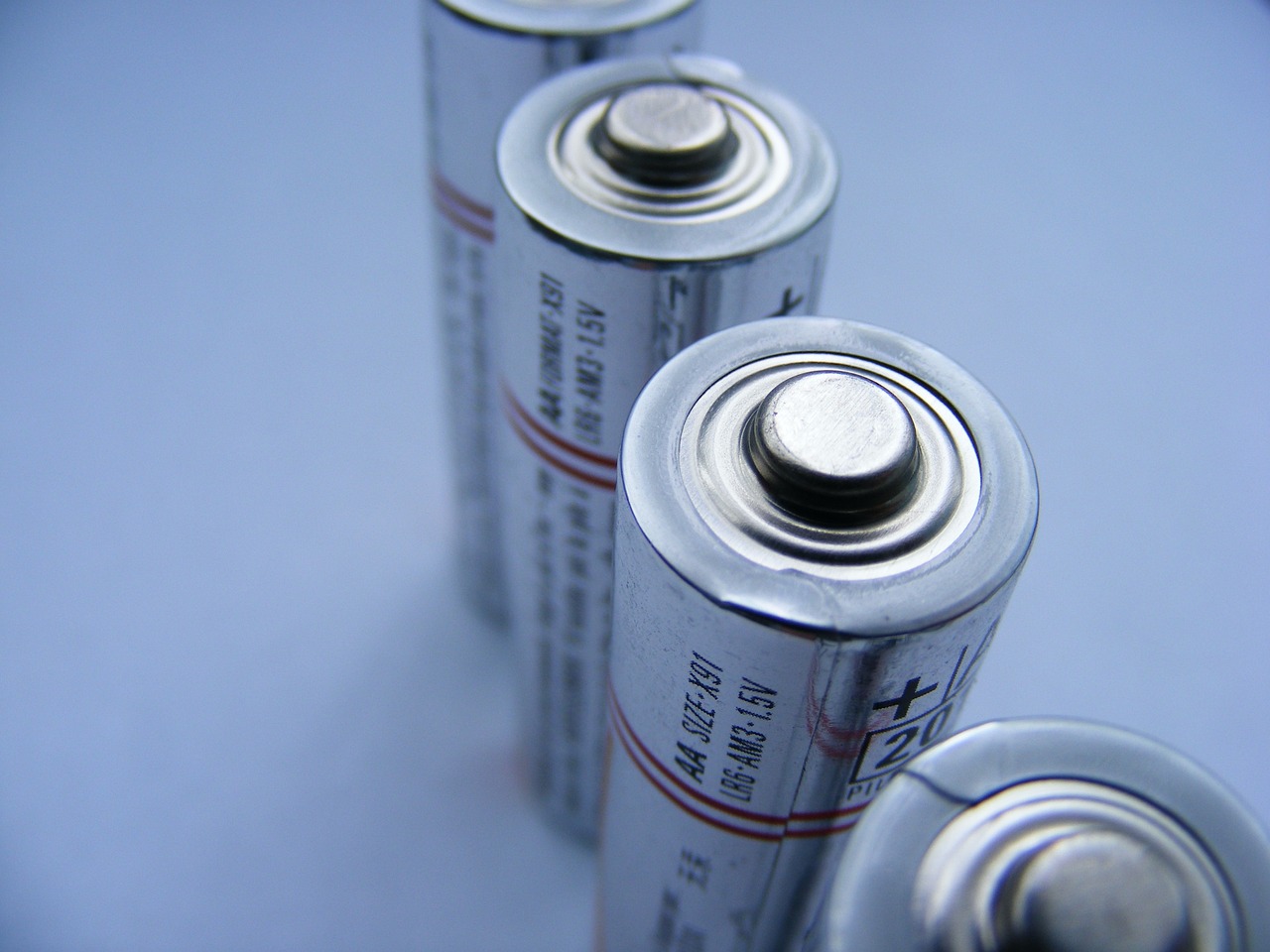This post is also available in:
 עברית (Hebrew)
עברית (Hebrew)
Robots may excel at repetitive tasks, but they still struggle with objects that appear trivial to the human eye—such as clear glass, glossy metal, or deep black materials. These surfaces tend to absorb or distort light in ways that confuse traditional 3D sensors, slowing down automation in factories where time and accuracy are critical.
Researchers at the Fraunhofer Institute for Applied Optics and Precision Engineering (IOF) have developed a new solution that tackles this issue head-on. Their innovation, known as goROBOT3D, dramatically accelerates the scanning and evaluation of hard-to-read materials—from 15 seconds to less than 1.5, according to Interesting Engineering.
The system works by applying structured thermal imaging. Instead of using visible or infrared light, which struggles with transparent or reflective surfaces, goROBOT3D projects heat patterns onto the object and captures them with thermal cameras. This method generates a highly accurate 3D image.
The breakthrough lies in how the heat is applied and captured. The new setup uses a single, instantaneous projection made up of an irregular dot pattern created by diffractive optical elements. These elements split a laser beam into a complex thermal layout that strikes the object in a single shot. Two thermal cameras then capture this projection simultaneously.
Using spatial cross-correlation between the image pair, the system reconstructs the object’s 3D shape in just milliseconds. Previously, hundreds of image pairs were needed to achieve similar accuracy, making the process too slow for real-time manufacturing.
After capturing the object’s shape, artificial intelligence is used to identify optimal gripping points. The process allows robotic arms to pick out individual items from cluttered environments with speed and precision.
Fraunhofer IOF plans to showcase this new capability at automatica 2025 in Munich, offering a glimpse into the next generation of robotic vision systems.


























